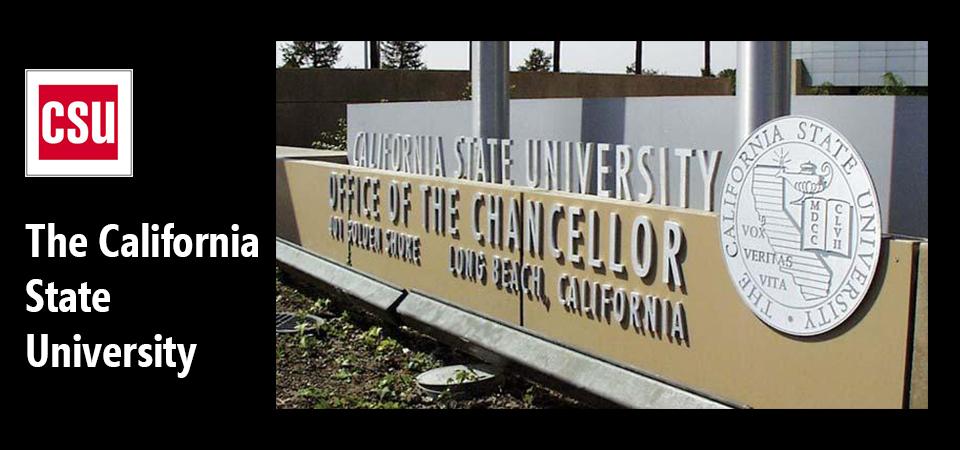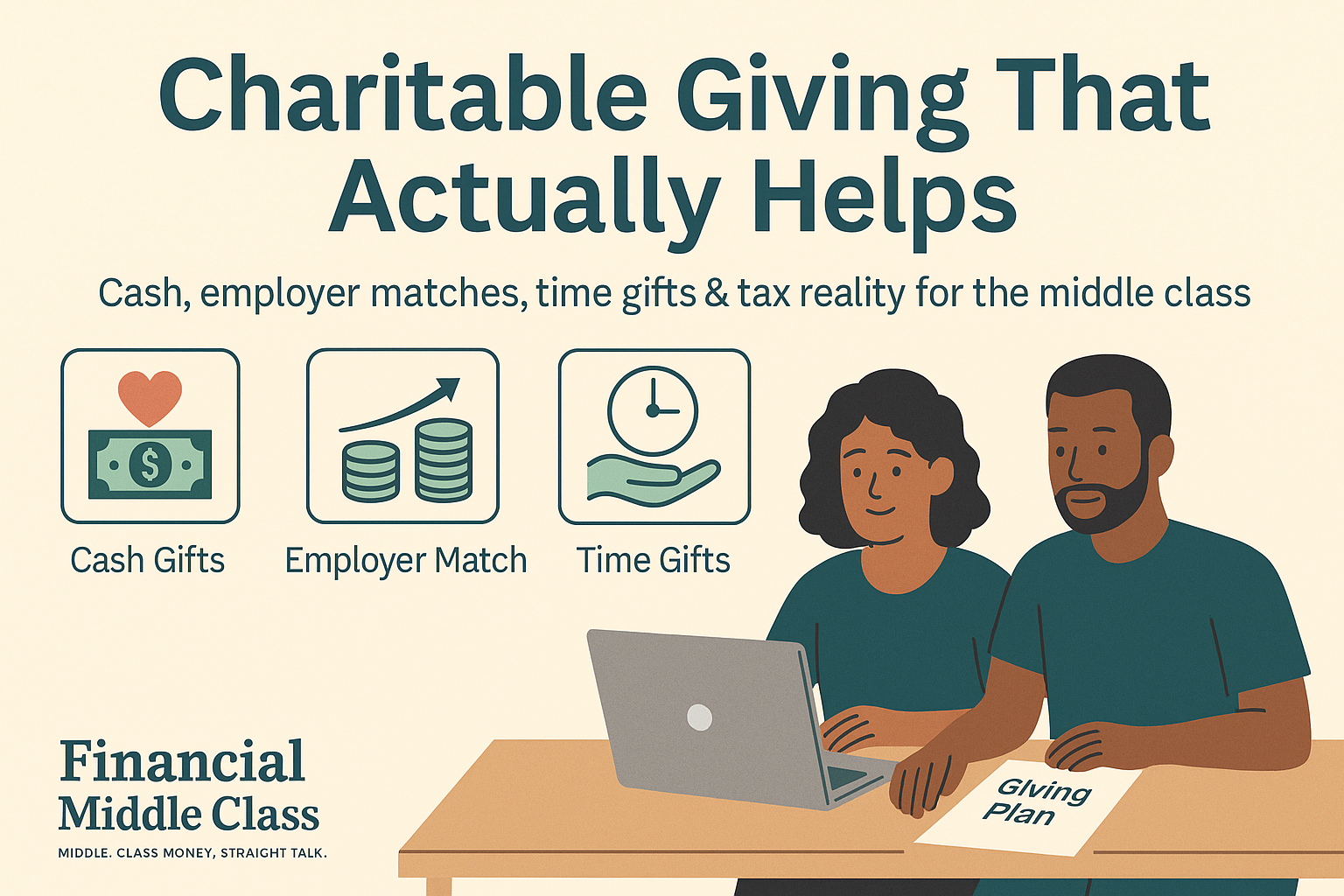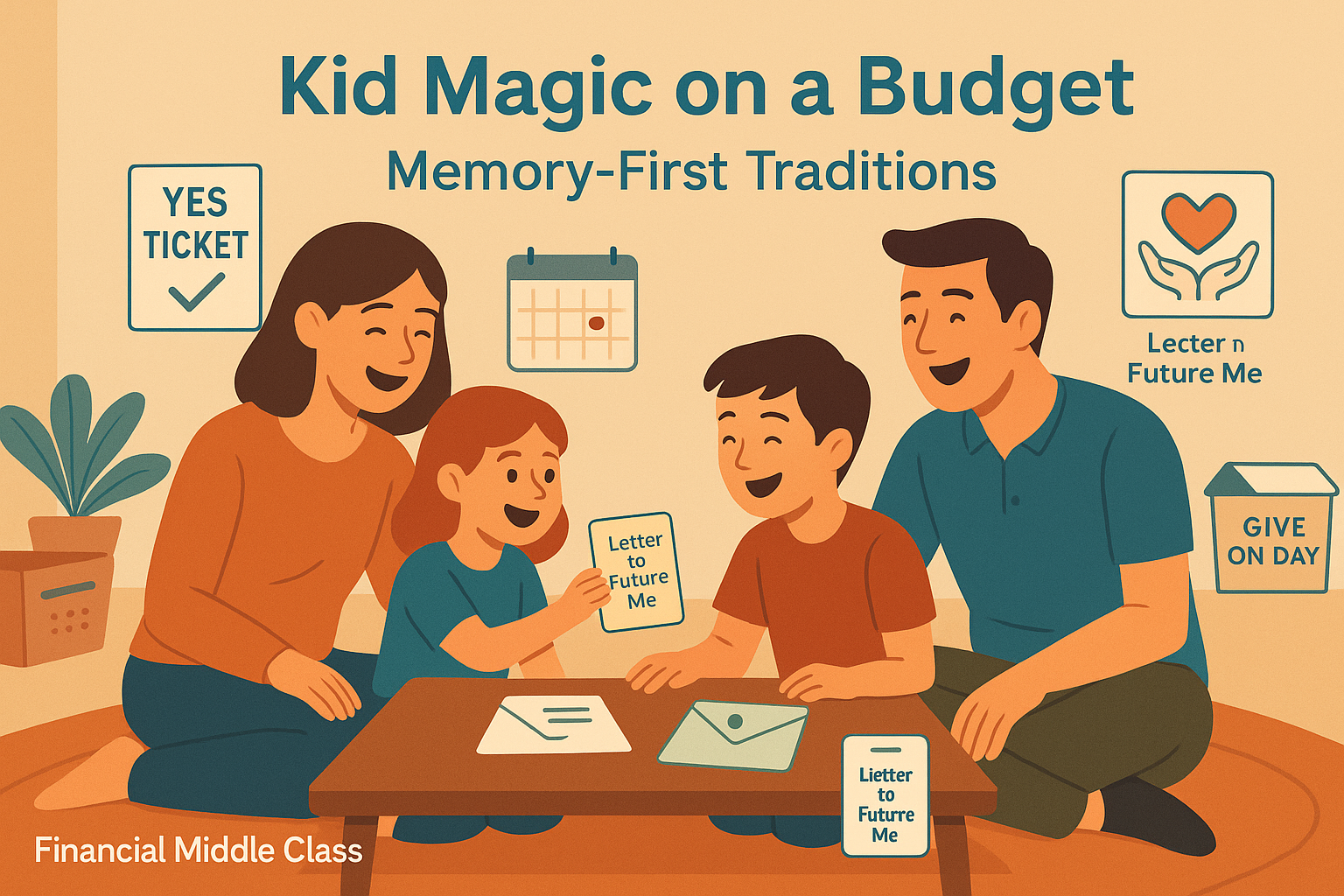
Where Does the American Middle-class Stand on Free College
By Article Posted by Staff Contributor
The estimated reading time for this post is 442 seconds
In the United States, a college degree is a key that opens numerous doors. It usually leads to many job opportunities with higher pay jobs, a chance of homeownership, more robust job security, and a secure family. According to the Economic Policy Institute, college graduates earn more 56% more than high school grads on average.
Not only college education but any education is vital in today’s date. The student debts and college costs have come up as huge political issues over the past few years, and most middle-class families in the United States struggle to pay for college degrees even today.
Importance of Higher Education
A college degree or college education is essential for every single citizen in the United States. A four-year degree or above provides many facilities like financial gain, in the long run, career satisfaction, job stability, and success other than the workplace.
Every occupation in today’s date requires a minimum education and a college degree. A college degree is extremely crucial for getting into desired jobs and starting to earn. A college degree is necessary, but it also helps increase your knowledge and make an individual more skilled. Here are a few points that will state the importance of college degrees.
- Job Satisfaction: In a 2016 research by Pew Research, it was found that 77% of workers with a postgraduate degree and 60% of workers with bachelor’s degrees believed that their jobs give them satisfaction and a sense of identity compared to the 38% of those who have a secondary school diploma or even less.
- College Degree Can Boost Financial Status: According to a 2016 report by the Lumina Foundation, it has been said that working people with a basic college degree in the United States are 9.4 times more likely to have a personal bank account. This is compared to those who have a secondary school graduation diploma as their highest level of education.
- College Graduates Earn More on Average: According to the BSL, also known as the U.S. Bureau of Labour Statistics, it has been said that workers who have a college degree or a bachelor’s degree earn $468 per week on average compared to workers who have a secondary school graduation diploma as their highest level of education. A report given by the United States Department of Education in 2015 found that the average workers with a bachelor’s degree are capable of earning $1 million extra compared to workers who have a secondary school graduation diploma as their highest level of education.
- Less Chance of Unemployment: According to the U.S. Bureau of Labour Statistics data, it has been found that only 2.2% of workers who have a bachelor’s degree face unemployment. And 4.1% of workers with just secondary school degree degrees face unemployment on the current date. Going to college and earning a bachelor’s degree can lead to more career stability and satisfaction in the workplace.
- Higher Chances of Being Home Owners: A report from the real estate company Zillow in 2016 said that 75% of homebuyers in that year were college graduates with degrees. On the other hand, only 14% of all homebuyers in that year were high school graduates with a diploma, and 11% of all homebuyers in that year were high school graduates without any diploma or did not earn any degree.
- Being Happier: According to a report by the Lumina Foundation stated that 94% of people who had a proper college degree were happier with their style of living and their lifestyle compared to 89% of people without any college education or degree.
Higher Education – History
The history of higher education in the United States started with the Colonial Era at Harvard College and continues to date. In the Colonial Era, the church began establishing colleges to educate and train the ministers. These colleges were made taking inspiration from Oxford University, Cambridge University, and some Scottish universities.
Harvard College was founded in 1636 by Massachusetts Bay. The funding of the college entirely depended upon the colony. The Harvard college focused on the training of young men who were capable of joining the ministry. The college also achieved general support from the government for guidance. This was because some of their leaders had attended either Oxford or Cambridge. This is how the college started establishing in the United States.
Higher Education – The State Benefit
At the starting of the twenty-first century, higher education in the United States was a daunting venture. As an orthodox knowledge industry, it started representing more than 3 percent of the gross national product.
On average, every legislature and governor around the nation evokes the importance of colleges. The profit from colleges generally includes more than 4,000 accredited institutions, colleges that enroll more than fifteen million students annually. So, the colleges are critical for cultural and economic developments.
Free Higher Education
Back in the mid 19th century, a college education was free in the United States. This was because of the Morrill Act that was established in 1862.
According to this act, the state could build colleges and institutions on government grounds or government lands. This was done so that the residents could get a free college education.
But times have drastically changed. Today, children can attend free school from kindergarten until 12th grade and go free college education. This is mostly for the American middle-class communities, but almost everybody tries to avail of this advantage.
Today most countries have free college facilities but not the United States. If you are interested in attending college for a higher degree after high school, you have to pay approximately a sum of $13,000, depending on the school. This sum of money also depends on the course you want to pursue and the school you have come from. It will cost a prospective student $51,925 each year to attend Harvard University.
Numerous people would benefit if college in the United States were free. This is because there would be no tension for educational loans and paying them back. And with these facilities, more and more people could attend college.
Advantages of Free College
Here are a few advantages of Free College.
- Everyone would get an equal chance: Some people are poor and are unable to send their children to colleges because of the high fees resulting from which they stay uneducated and unemployed. The free college will give equal opportunities to every student to study and get a job.
- More opportunities in life: If everybody has access to higher education, then the quality of jobs is better for each individual. There are numerous subjects to choose from, which will open more opportunities for the students when they start working.
- Focus on education: If there is no tension to pay back a loan or debt, the student will spend more time focusing on education.
- A positive change: If the college tuition fee is cut down, there will be more money for everybody to spend. This will be a positive change to the economy.
- More engagement at the workplace: Once they go to college and learn more, they will become more focused and know about their workplace. Which will finally make them happy when they work.
Disadvantages of Free College
Here are a few disadvantages of Free College.
- Financial irresponsibility: Once there is a student loan or debt on the head, the student would become more focused on paying for it, which will bring a sense of responsibility. In this case, the students are most likely to become irresponsible in terms of finance.
- Devalue the worth of degree: There is a chance that students would not take their education or college seriously as everything will be served to them without any charge.
- Increase in the number of college-goers: Once college is free, everybody would want to attend it. Which means there will be a shortage of room or seats to accommodate everybody. This is because few colleges would be free. Not all of them.
- Free won’t be free: If colleges become free, then the tuition fees get cut down, but the other expenses related to college remain. They are lab fees, books, and living. So there may be people who are unable to pay the additional taxes.
Free College Affecting Taxes
In recent research by the Department of Education, it was found that eliminating the college fees for all universities and colleges would cost $79 billion per year. This is a lot of money but is also a smart and humane investment which can be affordable. The total outstanding student debt now stands at $1.6 trillion.
Final Words
Many countries have free college for everybody because this gives a balanced and equal chance to every individual with better job opportunities. Free college can be an excellent idea for every middle-class American citizen of the United States. This is because it will give a positive change to the economy, and students will also get a chance to study their desired subjects.
RELATED ARTICLES
Charitable Giving That Actually Helps (and Helps Your Taxes)
The estimated reading time for this post is 697 seconds Charitable Giving That Actually Helps (and Helps Your Taxes) You’ve probably had this moment: you’re juggling rising rent, a grocery bill that somehow got bigger again, a credit card balance...
Kid Magic on a Budget: Memory-First Traditions: Low-cost rituals that outlast the plastic toys forgotten by February
The estimated reading time for this post is 906 seconds Home › Family & Money › Kid Magic on a Budget Kid Magic on a Budget: Memory-First Traditions Low-cost rituals that outlast the plastic toys forgotten by February. Kid magic...
Leave Comment
Cancel reply

Charitable Giving That Actually Helps (and Helps Your Taxes)

Kid Magic on a Budget: Memory-First Traditions: Low-cost rituals that outlast the plastic toys forgotten by February

Scams, “Limited Time” Pressure, and Fake Charity Drives
Gig Economy
American Middle Class / Nov 20, 2025
Charitable Giving That Actually Helps (and Helps Your Taxes)
The estimated reading time for this post is 697 seconds Charitable Giving That Actually Helps (and Helps Your Taxes) You’ve probably had this moment: you’re juggling...
By Article Posted by Staff Contributor
American Middle Class / Nov 20, 2025
Kid Magic on a Budget: Memory-First Traditions: Low-cost rituals that outlast the plastic toys forgotten by February
The estimated reading time for this post is 906 seconds Home › Family & Money › Kid Magic on a Budget Kid Magic on a Budget:...
By Article Posted by Staff Contributor
American Middle Class / Nov 20, 2025
Scams, “Limited Time” Pressure, and Fake Charity Drives
The estimated reading time for this post is 1364 seconds Scam Red Flags, “Limited Time” Pressure, and Fake Charity Drives A red-flag checklist and two-step verification...
By Article Posted by Staff Contributor
American Middle Class / Nov 19, 2025
Balancing Emotions and Money When the Holidays Hit Hard
The estimated reading time for this post is 1322 seconds Every year, somewhere between the first Christmas commercial and the last day of school before winter...
By MacKenzy Pierre
American Middle Class / Nov 19, 2025
New IRS Retirement Limits for 2026: Will You Actually Use Them?
The estimated reading time for this post is 756 seconds Americans can put more into 401(k)s, IRAs, and SIMPLE plans in 2026—and higher earners will see...
By Article Posted by Staff Contributor
American Middle Class / Nov 19, 2025
Behind on Your Mortgage? A Step-by-Step Guide to the Foreclosure Process
The estimated reading time for this post is 1060 seconds In October, lenders started the foreclosure process on more than 25,000 homes across the country —...
By Article Posted by Staff Contributor
American Middle Class / Nov 16, 2025
It’s Not About How Much You Make — It’s How Much You Keep
The estimated reading time for this post is 504 seconds Many Americans are earning more than ever, but far too many have almost nothing to show...
By Article Posted by Staff Contributor
American Middle Class / Nov 15, 2025
Portable Mortgages: Why the Middle Class Should Be Able to Take Their 3% Rate With Them
The estimated reading time for this post is 1209 seconds If you’re sitting on a 3% mortgage right now, congratulations — and I’m sorry. Congratulations, because...
By Article Posted by Staff Contributor
American Middle Class / Nov 12, 2025
Does Retiring the U.S. Penny Nudge America Further into a Cashless Future?
The estimated reading time for this post is 414 seconds Introduction: A Tiny Coin, a Loud Message In February 2025, President Trump told Treasury to stop...
By Article Posted by Staff Contributor
American Middle Class / Nov 11, 2025
From FDR’s 30-Year Breakthrough to Trump’s 50-Year Pitch: Is This Still About Homeownership — or Just Smaller Payments?
The estimated reading time for this post is 375 seconds In the 1930s, Franklin D. Roosevelt’s team looked at a housing market full of short, risky...
By Article Posted by Staff Contributor
Latest Reviews
American Middle Class / Nov 20, 2025
Charitable Giving That Actually Helps (and Helps Your Taxes)
The estimated reading time for this post is 697 seconds Charitable Giving That Actually Helps...
American Middle Class / Nov 20, 2025
Kid Magic on a Budget: Memory-First Traditions: Low-cost rituals that outlast the plastic toys forgotten by February
The estimated reading time for this post is 906 seconds Home › Family & Money...
American Middle Class / Nov 20, 2025
Scams, “Limited Time” Pressure, and Fake Charity Drives
The estimated reading time for this post is 1364 seconds Scam Red Flags, “Limited Time”...



